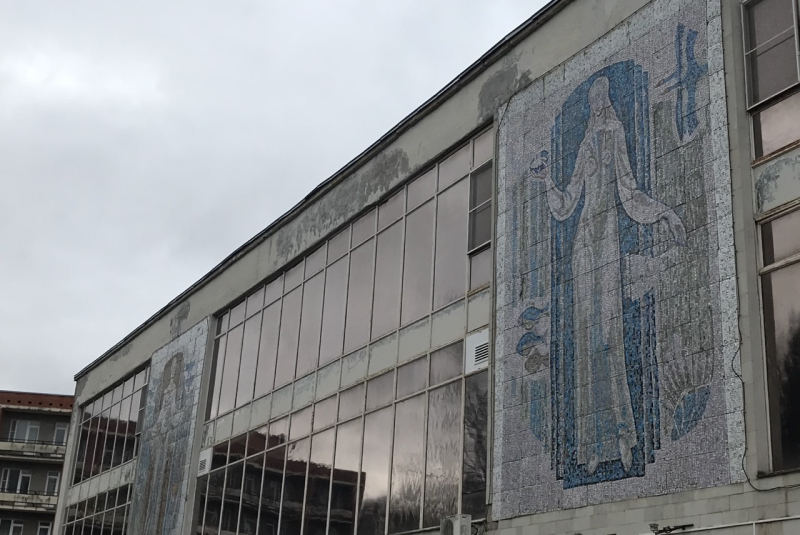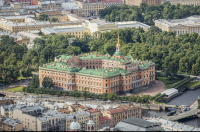Here’s how Anna Domini, the author of a comic book inspired by Soviet sanatoriums, describes this phenomenon:
“Sanatoriums were popular recreation areas for the Soviet people created like artificial paradise islands. These were resorts with a fenced area located by the sea or forest, with their own internal daily routine and four meals a day. State institutions and factories gave free vouchers to sanatoriums for distinguished workers. Going to a sanatorium was considered prestigious.”
I couldn’t have put it better myself. In modern Russia, as well as in the Soviet Union, sanatoriums aren’t quite for rehabilitation (there are doctors there, but their supervision is minimal) and aren’t quite for rest (you have to follow a pretty strict routine). They’re somewhere in between and are good for general wellness, prevention of chronic diseases, recovery, and the much-needed respite from the noise of the big city.
Although some of them were created in the 19th century (for example, Staraya Russa in Novgorod Oblast), they became especially popular during the Soviet times. There were dozens of them built all over the country (e.g., Pyatigorye in Pyatigorsk, Yunost’ in Essentuki, or Sestroretskyi Kurort in Sestroretsk). Those which still operate today have, of course, since been modernized, but you might still feel that old-fashioned atmosphere, for instance, through mosaics like this:

A mosaic in Khilovo, photo courtesy of the author
Sanatoriums truly feel like isolated worlds of their own, where everyone follows a similar routine. I spent my vacation in one of them (Khilovo in Pskov Oblast) this fall and, to be honest, expected to be bored for the most part, so I stocked up on movies and books. In fact, there wasn’t that much time for leisure at all. The timetable was filled with “procedures” (процедуры) and it was fun learning about them and trying them out. They vary from institution to institution, but in general, here’s what to expect:
-
Various types of massage, including automated (on a special table or a chair);
-
Baths – both relaxing (with bubbles and hydromassage) and not-so-pleasant smelly ones (e.g., with hydrogen sulfide);
-
Laser/magnet/ultraviolet/etc. therapy. There are all kinds of retrofuturistic-looking apparatuses that supposedly enhance your well-being by speeding up the metabolism, lowering inflammation, and so on;
-
Mud wraps;
-
Mineral water, oxygen cocktails, and herbal tea;
-
Medical exercise.
In between these activities, you get to do some sports and exploration of your own. For me, the best parts were swimming in the pool, breathing fresh air, and walking around in peace and quiet.
All of this is supplemented by a diet suitable for your condition. In my case, I was actually a bit too full after each three-course meal, because I’m more used to eating frequently and in small amounts. Now, as an experienced sanatorium-enjoyer, I’d take some of the offered food back to my room to eat later.
In a sanatorium, you don’t have to worry about everyday tasks that you typically have to think about even when on vacation, like where to eat and where to go – everything is kind of pre-decided for you, which is quite stress-relieving in the short term.
It was fun discovering this peculiar world of a sanatorium for a week – it kind of felt like spending your school holidays in a camp. I’m no medical expert to discuss the health benefits of said procedures, but nature, the lack of stress-inducing factors, and a routine were definitely of help.




